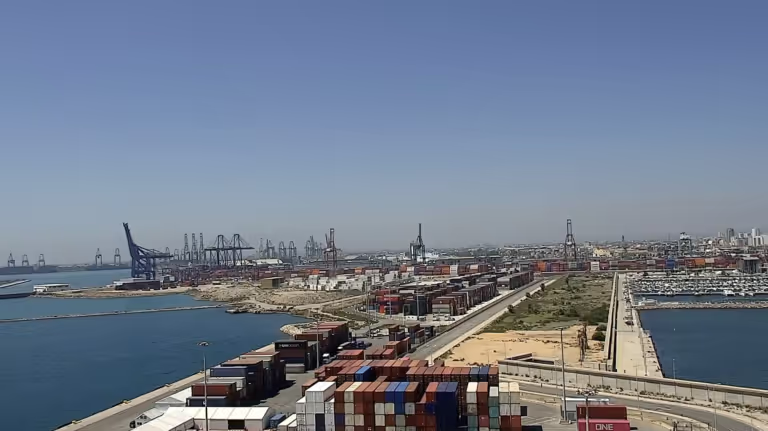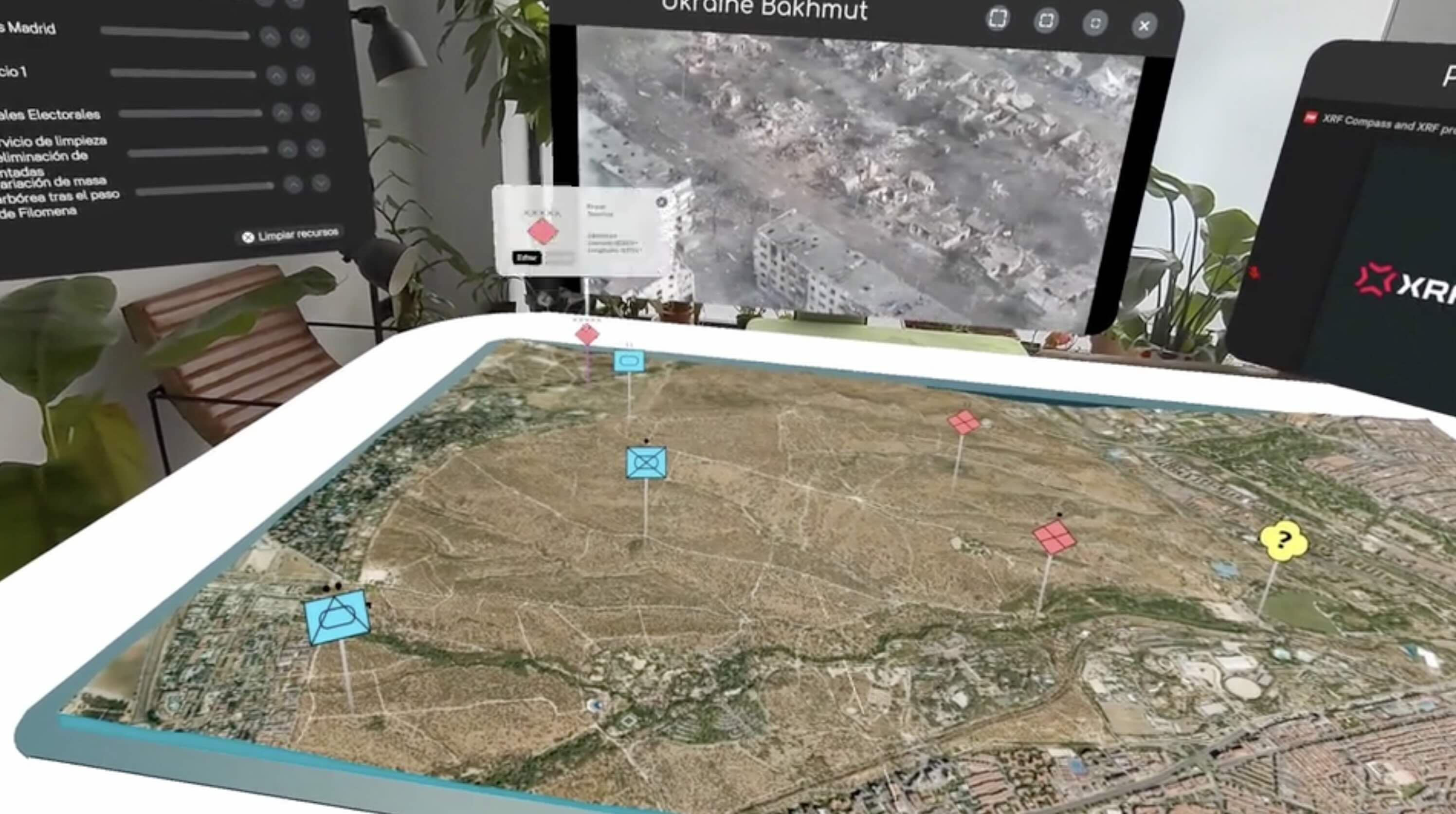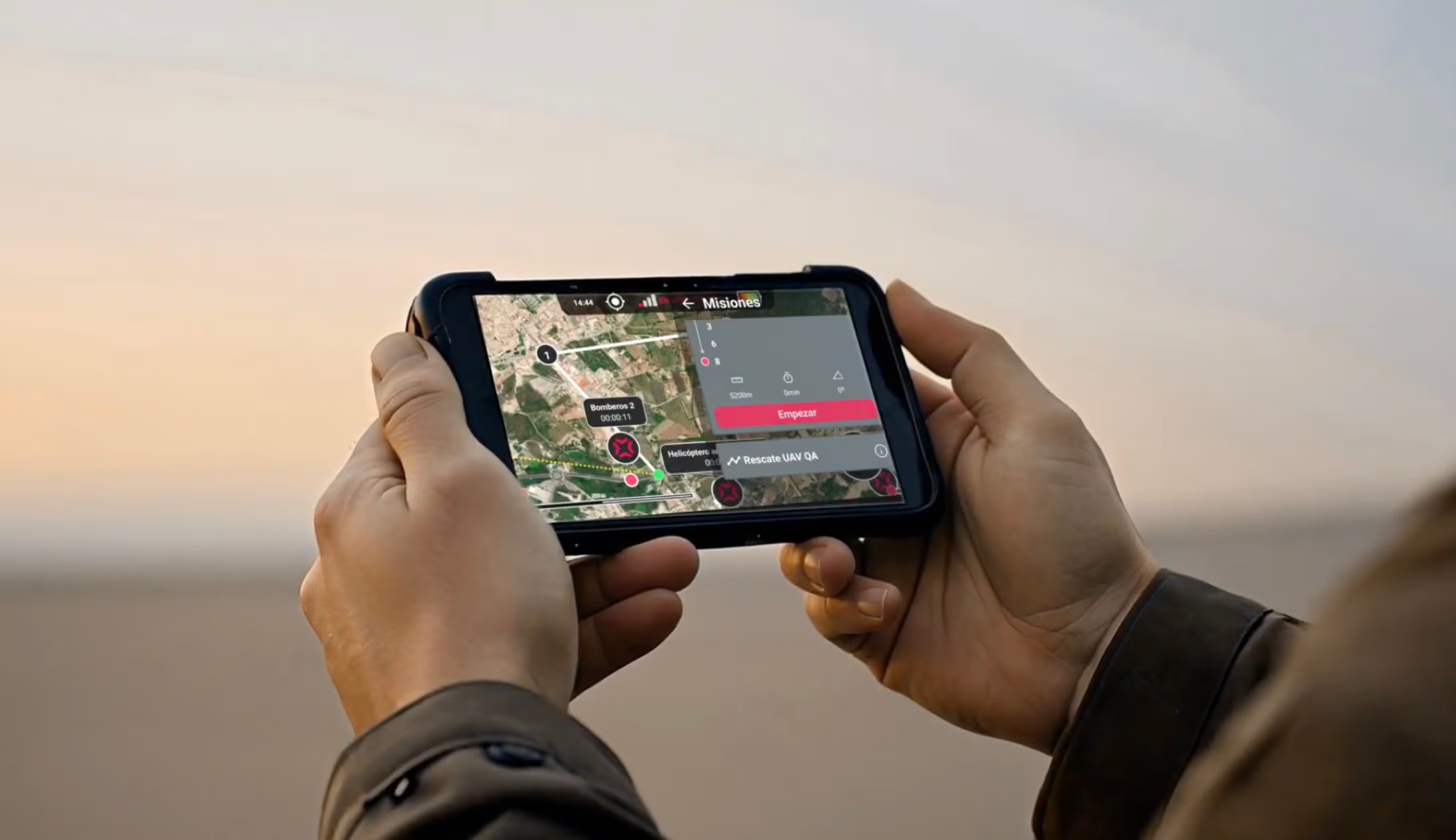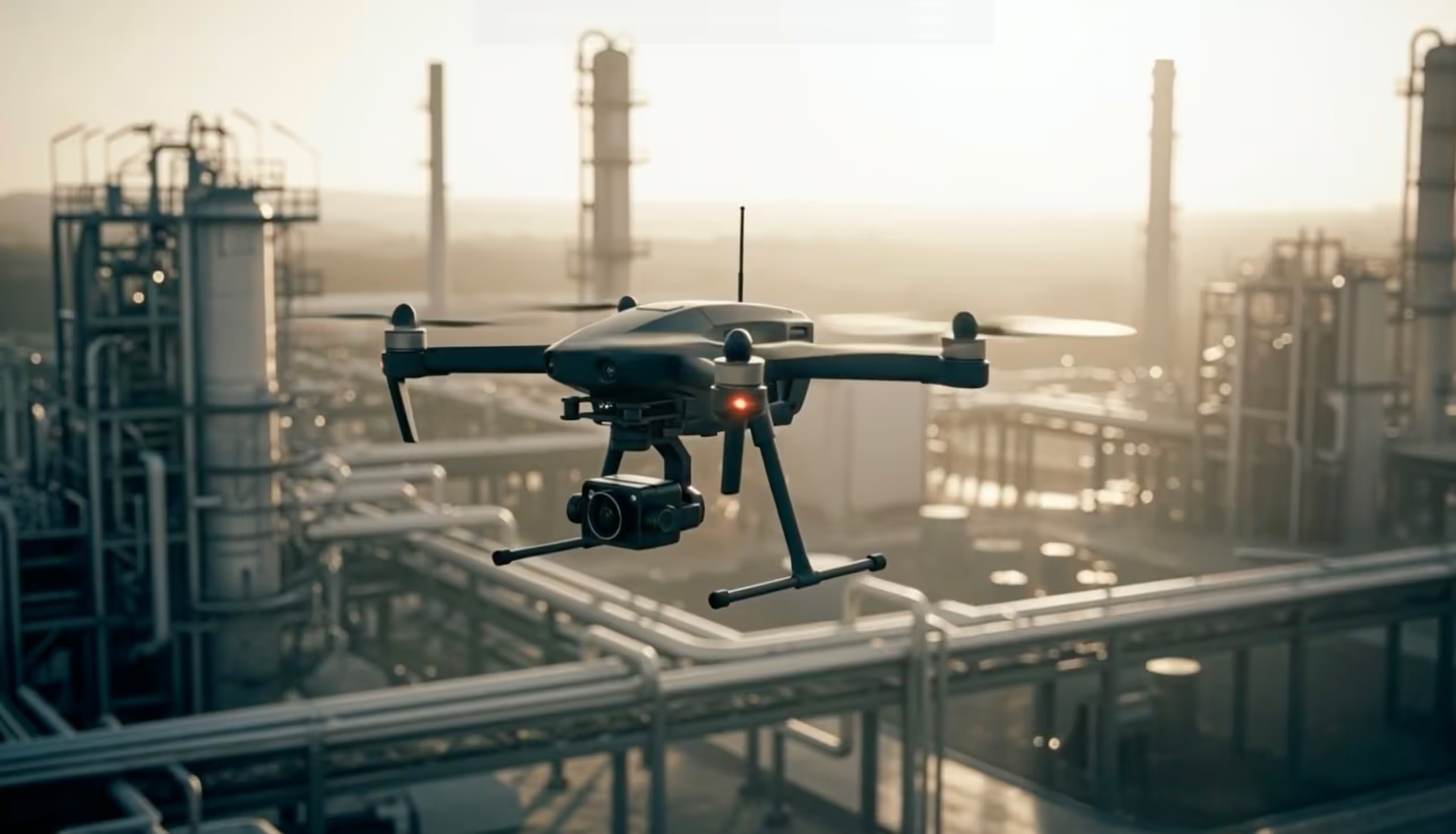Advanced Port Surveillance: 5G, Extended Reality, and Autonomous Drones
We tested cutting-edge technology for security within the restricted airspace of the port area.

In collaboration with the Port Authority of Valencia, the Valenciaport Foundation, the Polytechnic University of Valencia, Telefónica, and ETRAIR, we tested cutting-edge technology for security within the restricted airspace of the port area.
During the demonstration of the IMAGINE-B5G project, two hypothetical emergency security scenarios were managed at the Valencia docks using 5G connectivity, a drone, generative artificial intelligence, and a 3D digital twin, among other technologies.
The key elements of the IMAGINE-B5G project’s success are 5G connectivity, speed, efficiency, optimization, and real-time coordination. This initiative, which aligns with the innovation strategy of the Port Authority of Valencia (APV), was developed by XRF, Telefónica, and ETRAIR, and coordinated by the APV, the Valenciaport Foundation, and the iTeam Institute of the Polytechnic University of Valencia.
The project aims to develop a pilot using advanced 5G communications, such as network slicing and network API, which serve as enablers for other technologies that transform port security, including generative AI, extended reality, and the digital twin.
To test these technologies, the Port of Valencia hosted a simulation of the virtual control center platform and the technology developed within the project’s framework. During the demonstration, two hypothetical emergency and security use cases were simulated.
Through the 5G network, a drone was autonomously managed from the virtual command and control center, which featured a digital twin of the Port of Valencia. In this way, a surveillance round was defined using the virtual reality platform, where images transmitted by the drone through the network were visualized. Generative AI generates alerts when intrusions are detected in restricted areas.
Similarly, in the second use case, the virtual command and control center receives images from the port’s surveillance circuit, also transmitted via the network. Generative AI analyzes the video in real-time, detects open doors in areas where access is restricted, and automatically dispatches the drone to the location of the alert.
This pilot project demonstrates that the combination of these technologies facilitates a comprehensive situational awareness of any emergency, allowing it to be managed remotely, immediately, and effectively.


